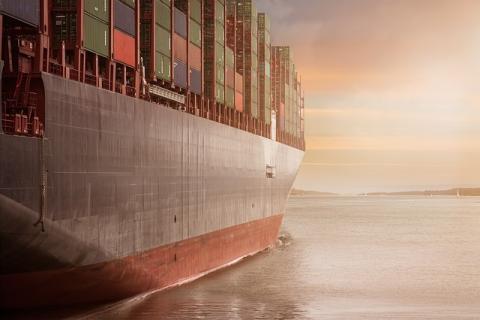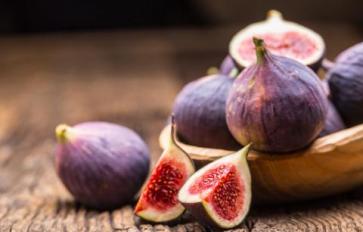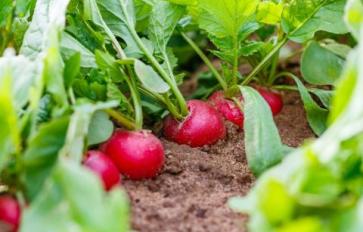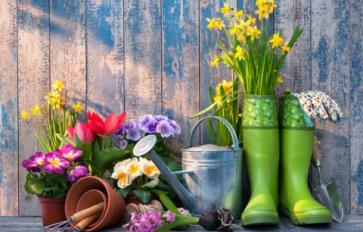
In nature, an empty space will eventually fill. So when design student Philippe Hohlfeld realized that there was empty space available in the empty shipping containers in a cargo ship, he helped nature along. He created Grow Frame, a hydroponic container to grow vegetables during the ships’ return trips.
Hohlfeld was eating a banana when the idea came to him. He wondered where bananas were grown, and discovered that the fruit traveled thousands of miles in shipping containers to reach consumers.
He soon realized the global importance of the containers. Approximately 13 million containers (each with about 12 square meters of area) are returning empty, says Hohlfield. The Royal College of Art student saw an opportunity to fill that space with fresh vegetables in collapsible frames.
The frames hold bags filled with nutrients and water, and plants can be grown with the help of battery-powered LED lights that will offer exactly the right dose of light for growth. Hohlfeld expects the lights to hold enough power for a trip from the United Kingdom to China.
The key, Hohlfeld says, is to balance the enclosed system with oxygen-producing plants such as bean sprouts and cabbage and with plants that turn the oxygen back into carbon dioxide, such as mushrooms. The containers must collapse to a small size so as not to interfere with the container space while shipping goods.
Hohlfeld was awarded the James Dyson Foundation Bursary Award for his Grow Frame Project.
He is now looking to develop and manufacture the first reusable frames, which could eventually help feed growing populations around the world.








